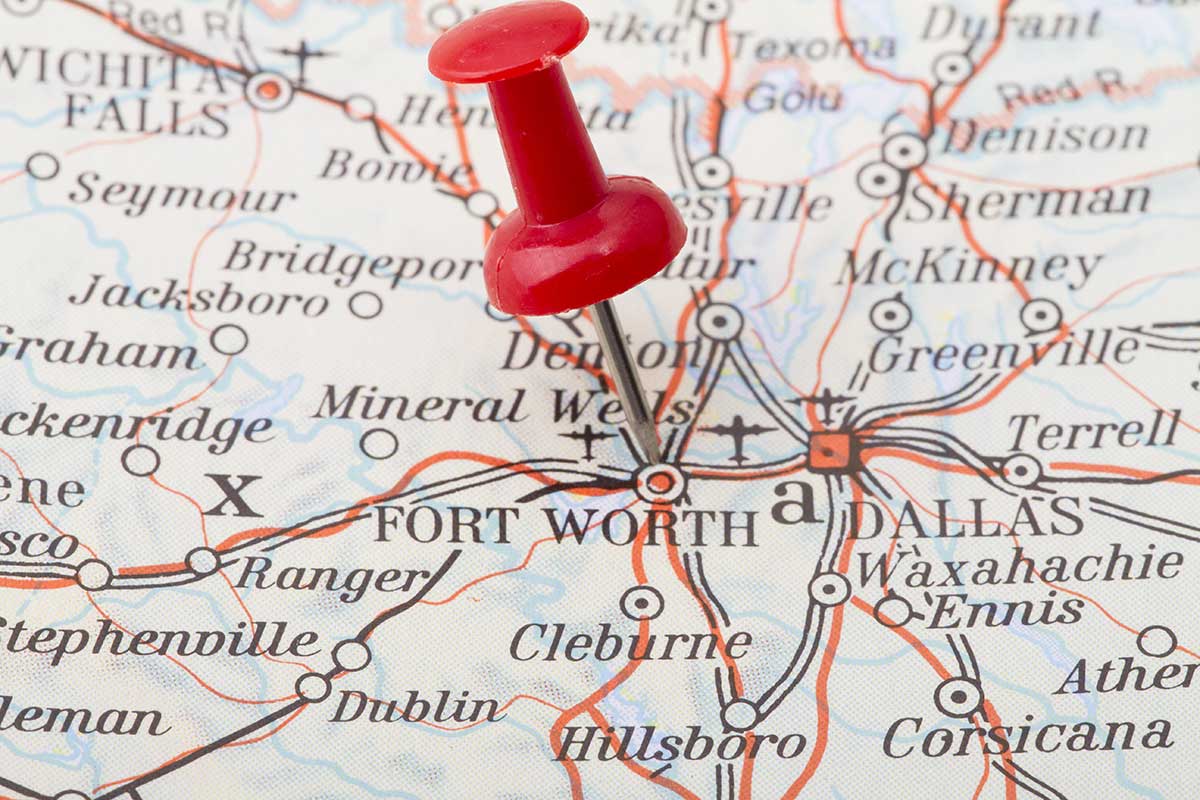No matter the state of the economy, it is always a good idea to build your savings and reduce debt to ensure a solid financial foundation. When considering how to tackle an unexpected expense, take into account the amount, timeline, urgency and other factors like interest rates.
Just about everyone experiences a surprise cost at some point, and you have to decide how to cover it, whether through cash on hand or credit. Below, we break down emergency funds and credit cards and how to choose between them for sudden expenses.
What is an emergency fund?
Unexpected expenses are a fact of life, which is why it’s important to have funds available when you need them. An emergency fund should be considered separate from other savings you may be working on, like retirement, a big purchase (like a home or car), or even fun items like saving for a vacation.
Emergency funds have several benefits – most notably the financial stability they provide. If you have enough saved in your emergency fund, you will have more confidence when you encounter surprise expenses. Additionally, emergency funds will help you avoid using credit or loans to cover costs and can give you more flexibility in how and when you make payments.
How much should I have in my emergency fund?
The standard recommendation for an emergency fund is to build it up so it can adequately cover three to six months of your necessary expenses. Necessary expenses include housing, food, utilities, transportation to work, recurring medical costs and any items that ensure you are warm, fed, and healthy with a roof over your head. With that in mind, continue to add money to this fund until it reaches that 3–6-month level, then move on to further boost your other savings accounts.
Credit card 101
Credit cards are a common and easy method for many Americans to pay for day-to-day items and larger purchases. However, credit cards come with some maintenance and education requirements on how and when to use them. For instance, credit cards are not cash – they are revolving lines of credit with fixed or variable interest rates. Your interest rate is determined when you apply for a credit card and is typically based on your credit score and other factors.
Whatever you purchase with your credit card, you must pay back. If you keep a balance on your credit card account past 25-30 days, you will likely accrue interest or fees on the amount. That means the longer you delay paying back your credit purchases, the more you will owe. This is an important element to remember when using credit cards and planning how to pay off the amount each month.
How to pay for an unexpected expense
Now that you know more about emergency funds and credit cards, consider how you can leverage them as tools in your financial toolbox. For instance, make a plan to set aside money to establish a dedicated savings account and consider applying for a credit card to further build your unplanned cost safety net. Once you have both of these at-the-ready, you can make informed and confident choices.
Confront an unexpected expense with these questions:
1. Is this an expense I need to tackle right now?
If you can pay the unexpected expense with your regular funds without disrupting your budget or financial plan, it’s not an emergency and you don’t need to use your emergency savings or your credit card right now.
2. Did I research to find the lowest cost and/or sensible option?
If you do need to make a sudden expense, make sure you consider all the available options to check prices, deals and other opportunities to reduce the overall expense. This could include asking for a second opinion on car maintenance of opting for generic prescriptions, if available.
3. Do I have enough in savings to cover the full amount?
If possible, it’s often more effective to use your emergency funds before resorting to your credit card. Remember, credit card balances can accrue fee or interest, which will cost you more in the long run.
4. Is there a payment plan option I can explore?
Sometimes, larger bills and purchases comes with payment plan options that spread the cost out over several months. Be wary of “buy now, pay later” options, though, which can come with extra costs like fees and higher interest rates than your credit card.
5. Does my available credit card balance cover the full amount?
If your credit card is already almost at your credit limit, it’s probably not your best bet for an unplanned expense. Consider all other options (cash, payment plans, savings, generating income, etc.) before using the last bit of your available credit.
6. How quickly can I pay down the balance if I use my credit card?
A credit card can be a good alternative for smaller unexpected expenses. But, try to put together a plan to pay the credit card balance in full as quickly as possible. This can help reduce the amount of interest you pay on the purchase.
These questions are important steps to determining whether a credit card or your savings is the right way to pay for a surprise cost.
You handled the unexpected expense. Now what?
Wiped out your savings? Get it back.
- Tuck away money each month. Set aside a specific amount of money each month as though it was a required expense and use it to rebuild your emergency fund. Increase the amount as you can over time.
- Analyze and reduce expenses. Put your monthly expenses into two buckets: fixed and flexible. Fixed expenses are items like your rent or mortgage because the amount tends to stay the same each month. Flexible expenses are costs such as groceries and electricity that vary month to month. Take a close look at your flexible expenses to see if anything can be reduced or stalled while your build your savings back up.
- Be consistent. Consistency is key for building a secure savings amount. Every dollar into your account is progress.
Building an emergency fund is just as important as getting debt under control and being financially healthy.
Had to use your credit card? Tackle the debt fast.
- Focus on high interest debt first. It may be easier for you to stick with a debt payoff goal if you attack the card with the lowest balance because it can help you feel like you’re making quick progress. However, most financial experts agree that the best practice is to pay down the balance on the highest interest card first, which may be able to save you more money in the long run.
- Double or triple payments. Consider doubling or tripling your monthly payments, or apply tax refunds, bonuses and other windfalls toward outstanding balances. The faster you can tackle your highest interest card, the less interest and fees you accrue.
- Stick with your plan. When faced with debt, it is critical to track and budget expenses to monitor progress and keep spending habits under control. Once the highest-interest card reaches a balance of zero, it’s time to move on to the next highest interest card or debt balance.
Getting credit card debt under control requires planning, dedication and patience. Once goals are met, it is important to keep moving forward with healthy spending and savings habits.
Being prepared for unexpected expenses helps ensure you maintain solid financial footing no matter what life throws at you.
Boost your financial know-how so you can feel prepared for an unexpected expense by signing up for our personal banking newsletter. We’ll send informative articles right to your inbox.
When you click links marked with the “‡” symbol, you will leave UMB’s website and go to websites that are not controlled by or affiliated with UMB. We have provided these links for your convenience. However, we do not endorse or guarantee any products or services you may view on other sites. Other websites may not follow the same privacy policies and security procedures that UMB does, so please review their policies and procedures carefully.






